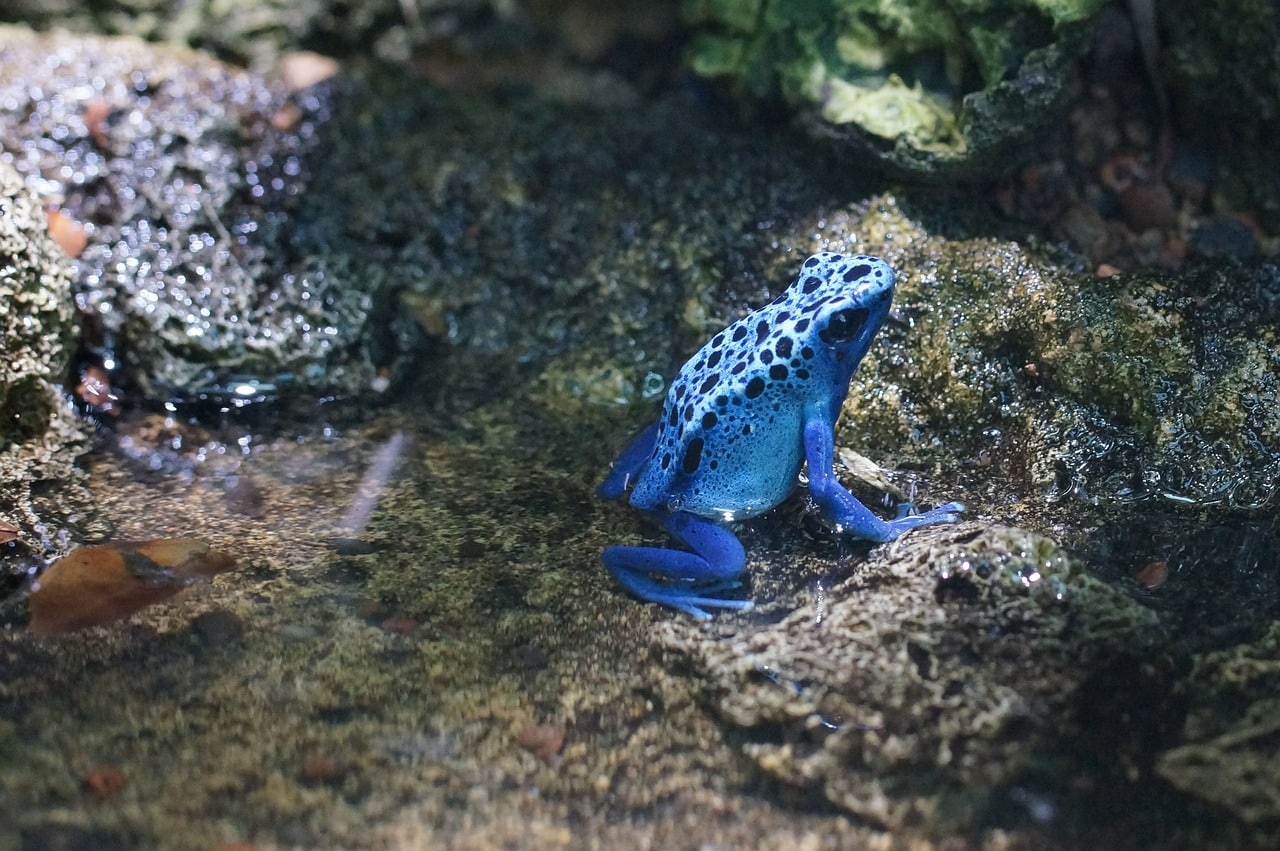 Shutterstock
Shutterstock
The animal kingdom is filled with creatures capable of extraordinary feats of strength, speed, and intelligence, but some animals are equipped with an even more terrifying weapon—venom. Venomous creatures have evolved unique and often deadly ways of using toxins to subdue prey, defend themselves, or compete for resources. While these animals often shy away from human contact, their venom remains one of nature’s most potent defenses. Let’s take a look at nine freakishly venomous creatures you don’t want to meet in the wild.
Box Jellyfish
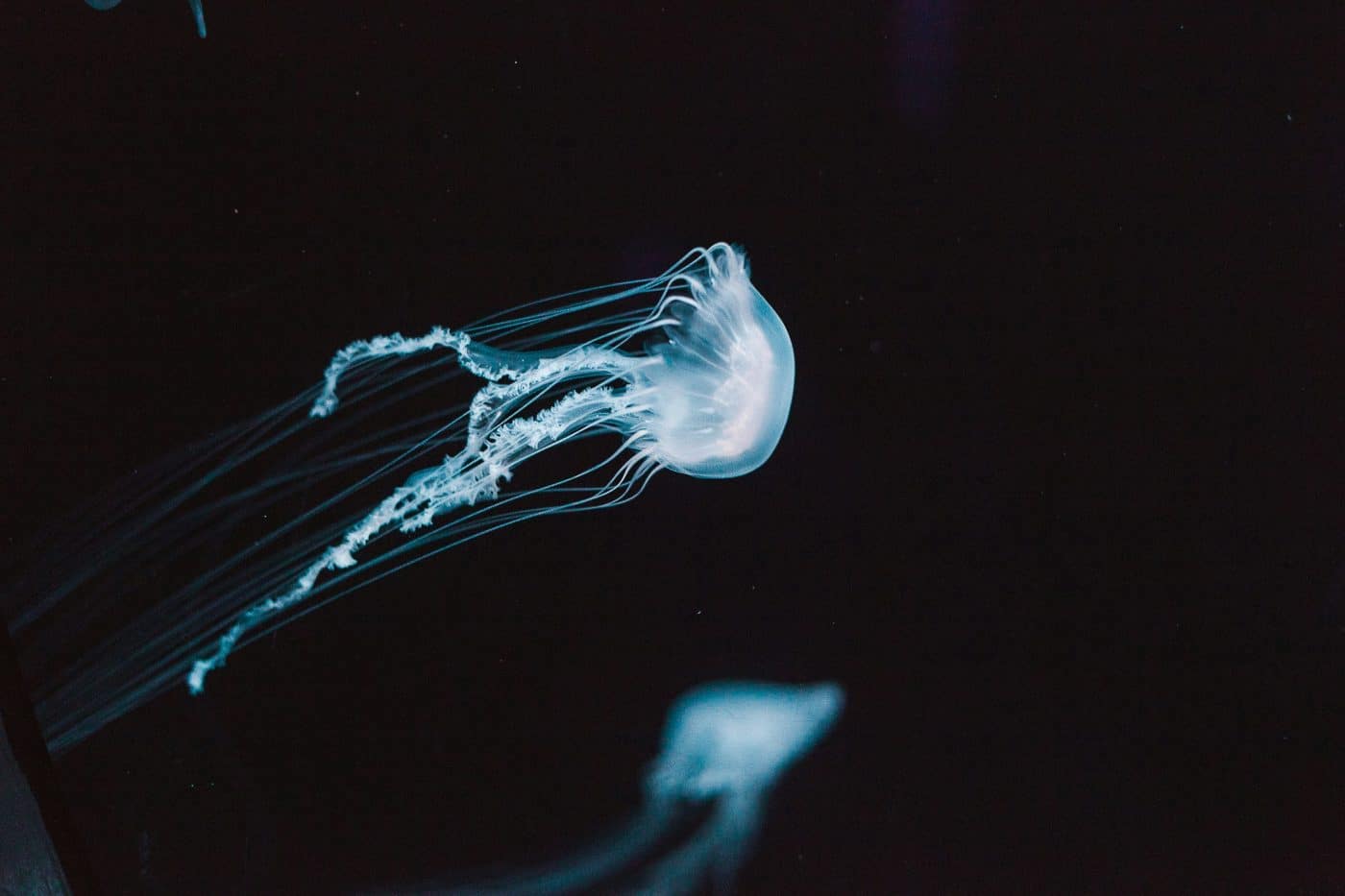 Shutterstock
Shutterstock
The box jellyfish is often considered one of the most venomous creatures on the planet. Found mainly in the waters around northern Australia and Southeast Asia, this jellyfish has tentacles that can grow up to 10 feet long. Its venom contains toxins that can cause heart failure and paralysis, and a sting can be fatal within minutes if not treated. What makes it even more terrifying is that it is nearly invisible in the water, making it nearly impossible to avoid. While the box jellyfish’s sting is incredibly painful, it serves as a critical part of its predatory strategy in capturing fish and small invertebrates.
Stonefish
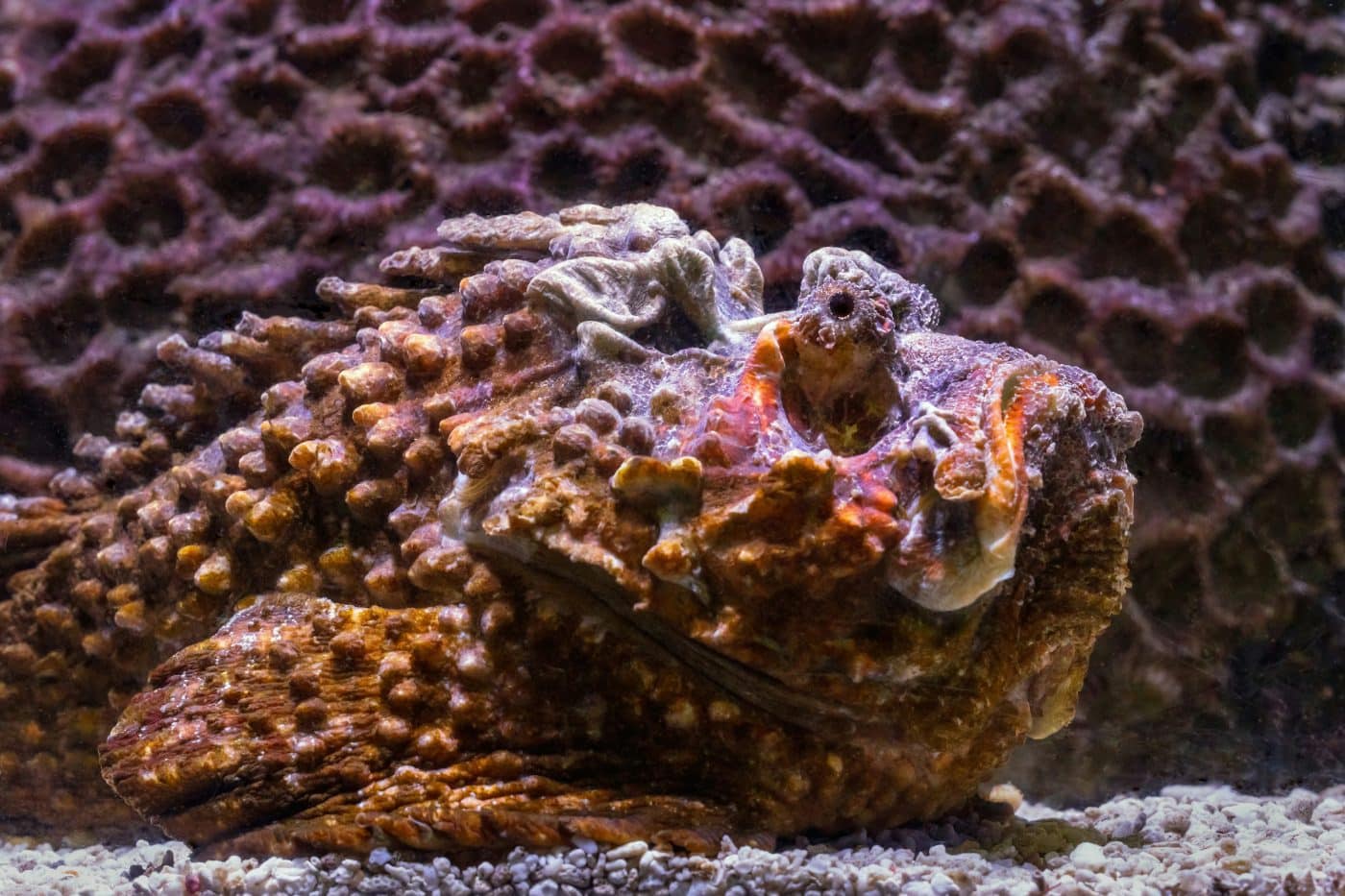 Shutterstock
Shutterstock
The stonefish is another one of nature’s most dangerous creatures. These fish are masters of camouflage, blending seamlessly into the ocean floor, which makes them a hidden threat. Found in the coastal regions of the Indo-Pacific, the stonefish has venomous spines on its back. If stepped on or provoked, these spines inject venom capable of causing excruciating pain, paralysis, and, in severe cases, death. Despite its dangerous venom, the stonefish feeds on smaller fish and invertebrates, often waiting for prey to come too close before attacking with its sharp, venomous spines.
Inland Taipan
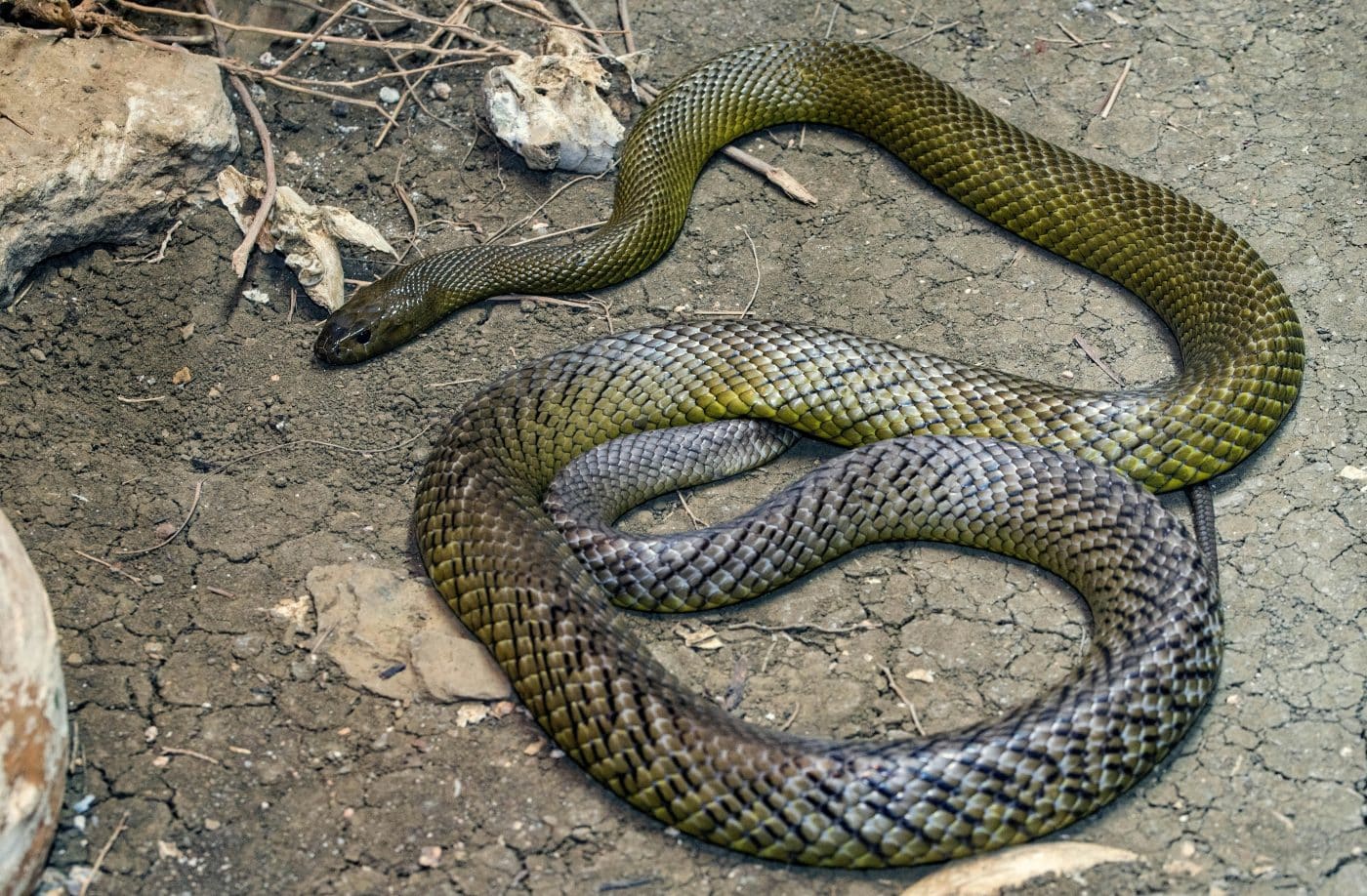 Shutterstock
Shutterstock
The inland taipan, also known as the “fierce snake,” holds the title of the most venomous snake on Earth. Found in the arid regions of Australia, the inland taipan’s venom is so potent that a single bite contains enough toxins to kill over 100 adult humans. The venom attacks the nervous system and can cause death within hours if untreated. Though the inland taipan is extremely dangerous, it is very elusive and rarely encountered by humans due to its remote habitat. Despite its venomous capabilities, the inland taipan primarily preys on small mammals like rodents.
King Cobra
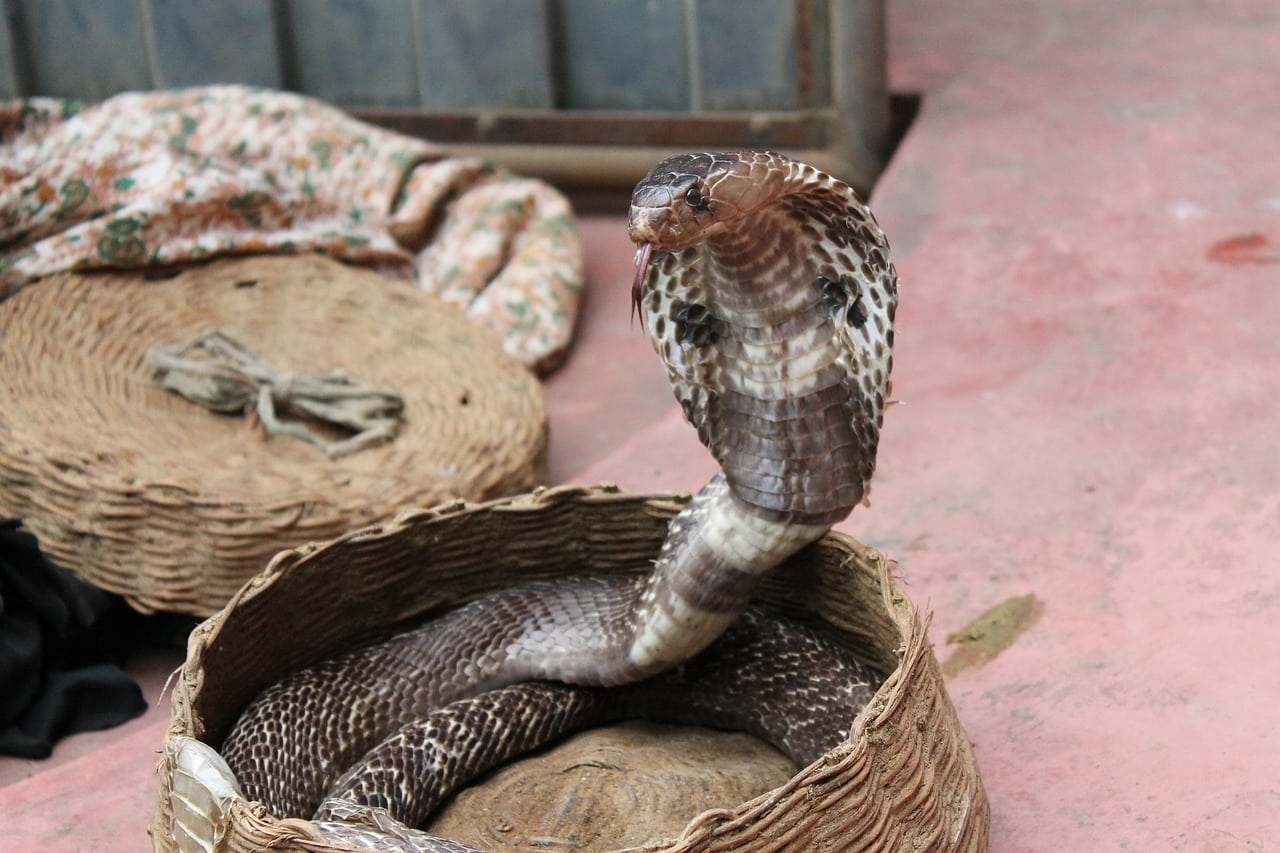 Shutterstock
Shutterstock
The king cobra, the longest venomous snake in the world, is a majestic yet deadly creature. Found throughout Southeast Asia, the king cobra’s venom is a powerful neurotoxin that can cause paralysis and death within hours. While it typically avoids human contact, when threatened, the king cobra will stand upright and spread its hood, making it an intimidating sight. The king cobra preys primarily on other snakes, including venomous species, using its venom to subdue its prey before swallowing it whole. Despite its fearsome reputation, this snake is an essential part of the ecosystem, helping to regulate snake populations.
Deathstalker Scorpion
 Shutterstock
Shutterstock
The deathstalker scorpion, native to the deserts of North Africa and the Middle East, is one of the most dangerous scorpions on Earth. Its venom is a potent mixture of neurotoxins and can cause excruciating pain, fever, and even death in humans. The deathstalker scorpion is often found in dry, rocky areas, where it hunts small insects and other invertebrates. Despite its deadly venom, it typically avoids larger threats, and human fatalities are rare, though bites can be fatal for the very young, elderly, or immunocompromised.
Black Mamba
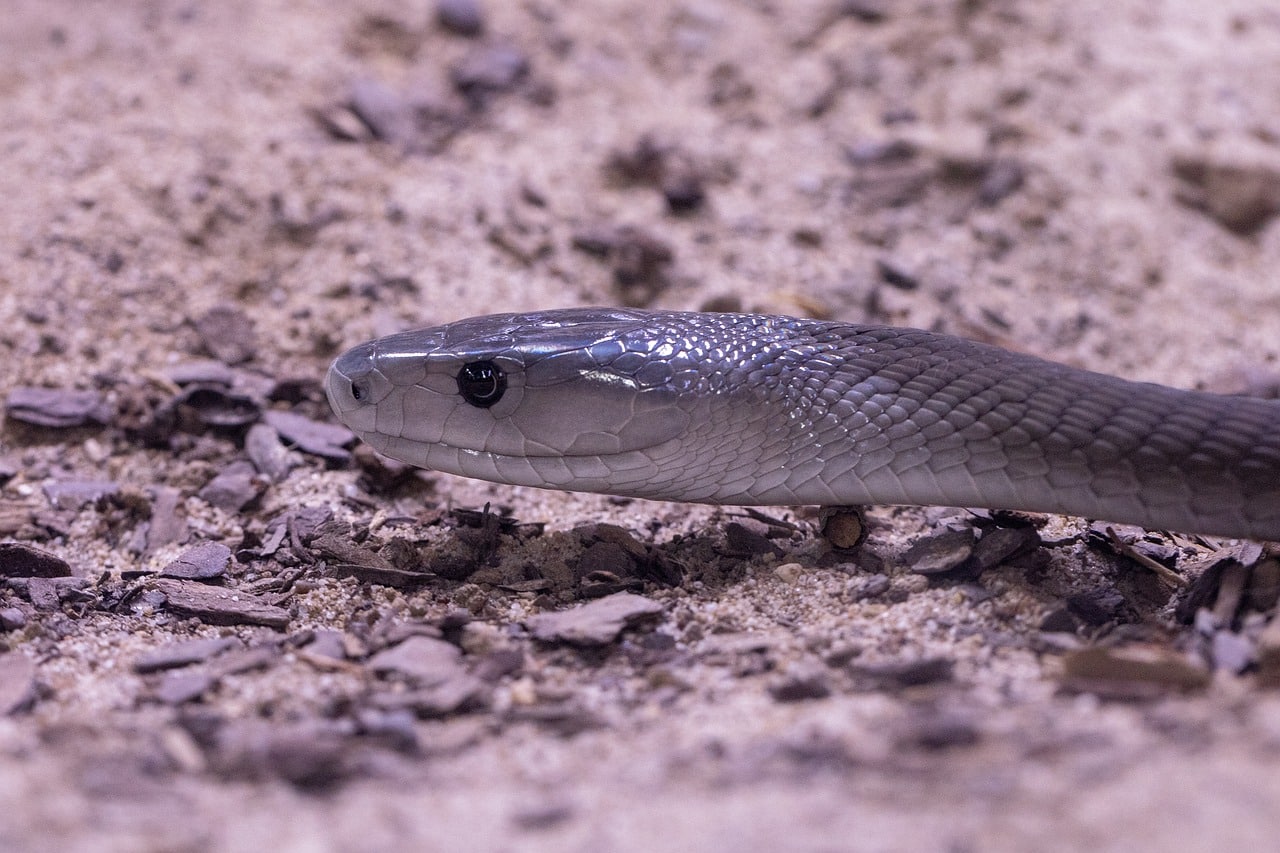 Shutterstock
Shutterstock
The Black Mamba is one of Africa’s most notorious snakes, feared for its incredible speed and potent venom. Capable of striking at lightning speed, it can inject enough venom to kill a human in just a few minutes. This snake is known for its aggressive behavior and can reach speeds of up to 12 mph when threatened. Despite its reputation, the Black Mamba usually avoids human contact, preferring to flee rather than fight if given the chance.
Blue Poison Arrow Frog
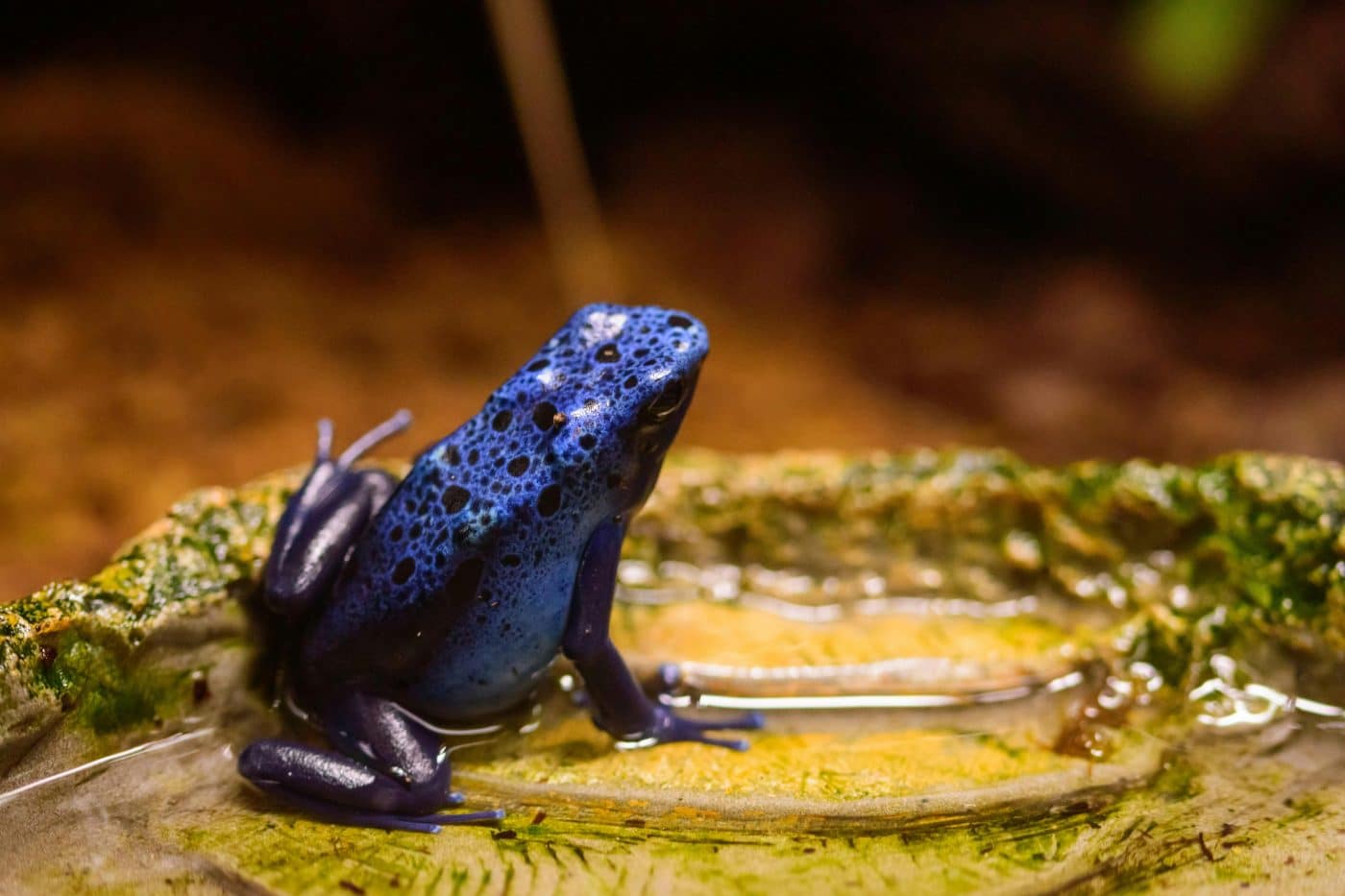 Shutterstock
Shutterstock
Native to the rainforests of Central and South America, the Blue Poison Arrow Frog is small but packs a powerful punch with its potent toxins. These frogs secrete batrachotoxin, one of the deadliest substances known to man. Their bright blue color acts as a warning to potential predators, signaling danger. While they are not aggressive towards humans, their venom is enough to cause serious harm if touched or ingested.
Gila Monster
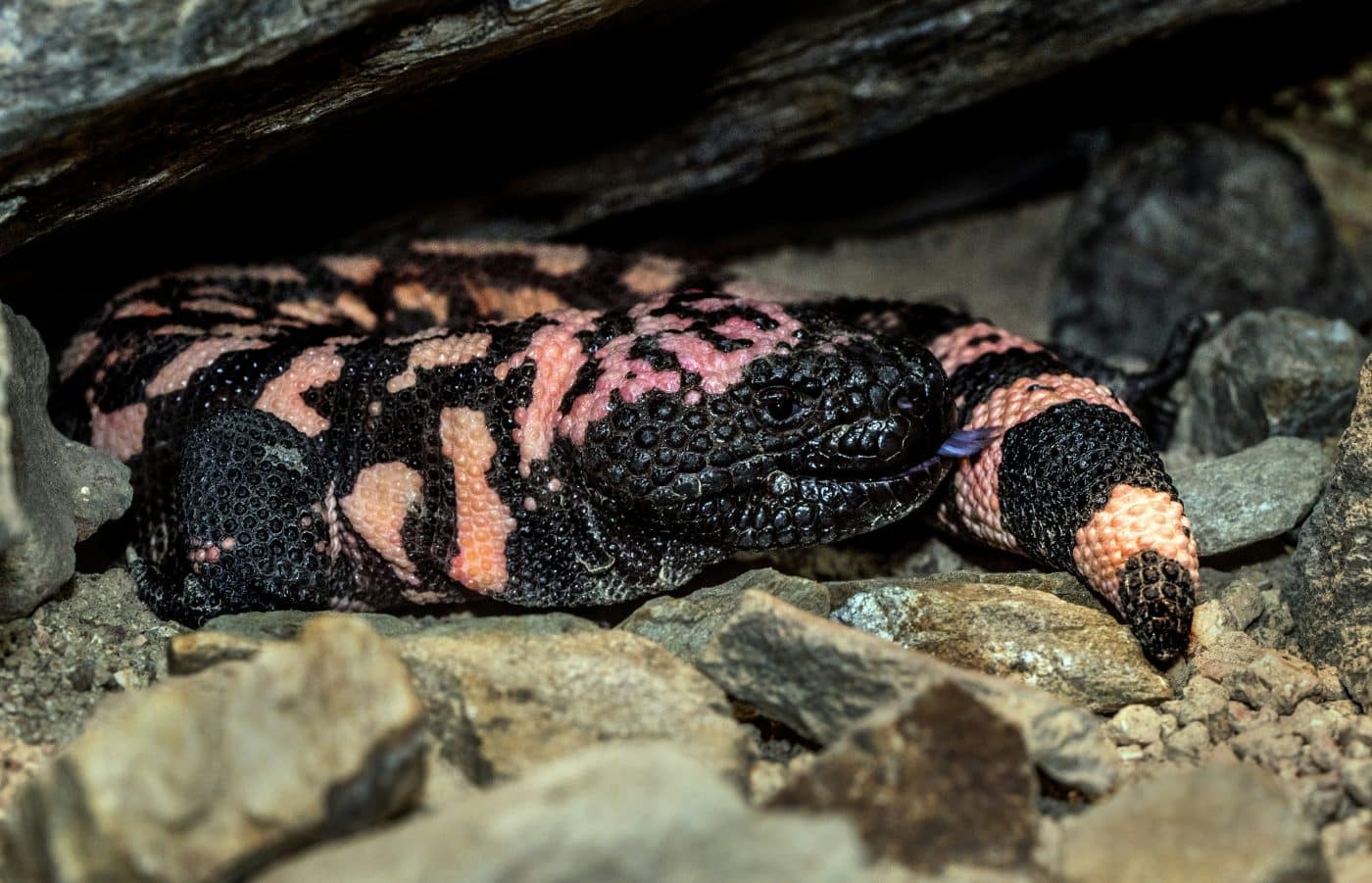 Shutterstock
Shutterstock
The Gila Monster, found in the deserts of the southwestern United States, is one of the only venomous lizards in the world. It injects venom through grooves in its teeth when it bites, and the venom can cause intense pain, swelling, and even paralysis. Though they are generally slow-moving and prefer to avoid humans, their venomous bite can be quite dangerous if provoked.
Slow Loris
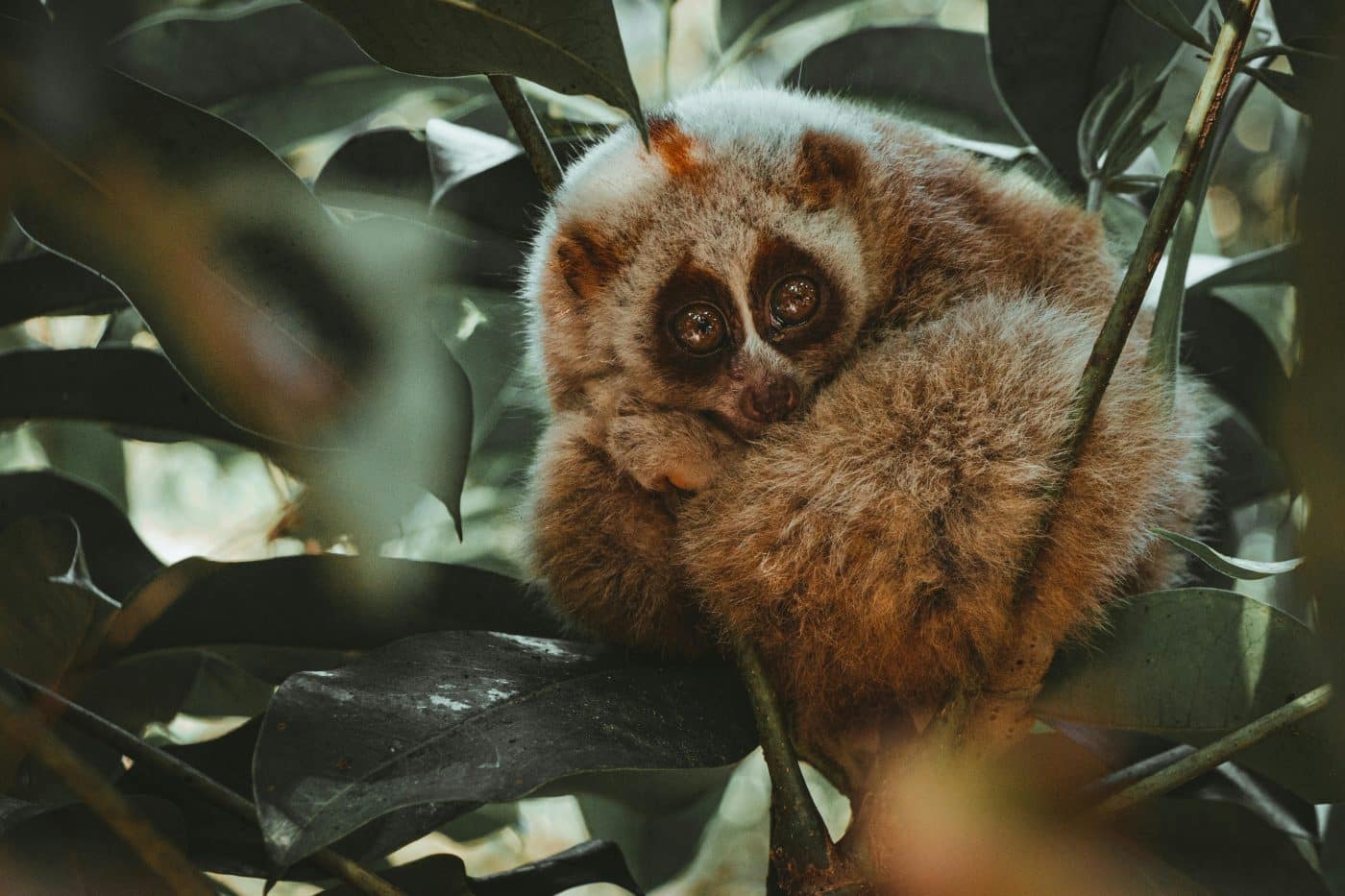 Shutterstock
Shutterstock
The Slow Loris, a small primate found in Southeast Asia, is famous for its unique and dangerous defense mechanism. It produces a toxin from glands near its elbows, which it licks before biting its prey or predators. This venom can cause allergic reactions, severe pain, and even death. Despite its cute appearance, the Slow Loris should be given a wide berth.
The Venomous Creatures To Steer Clear Of
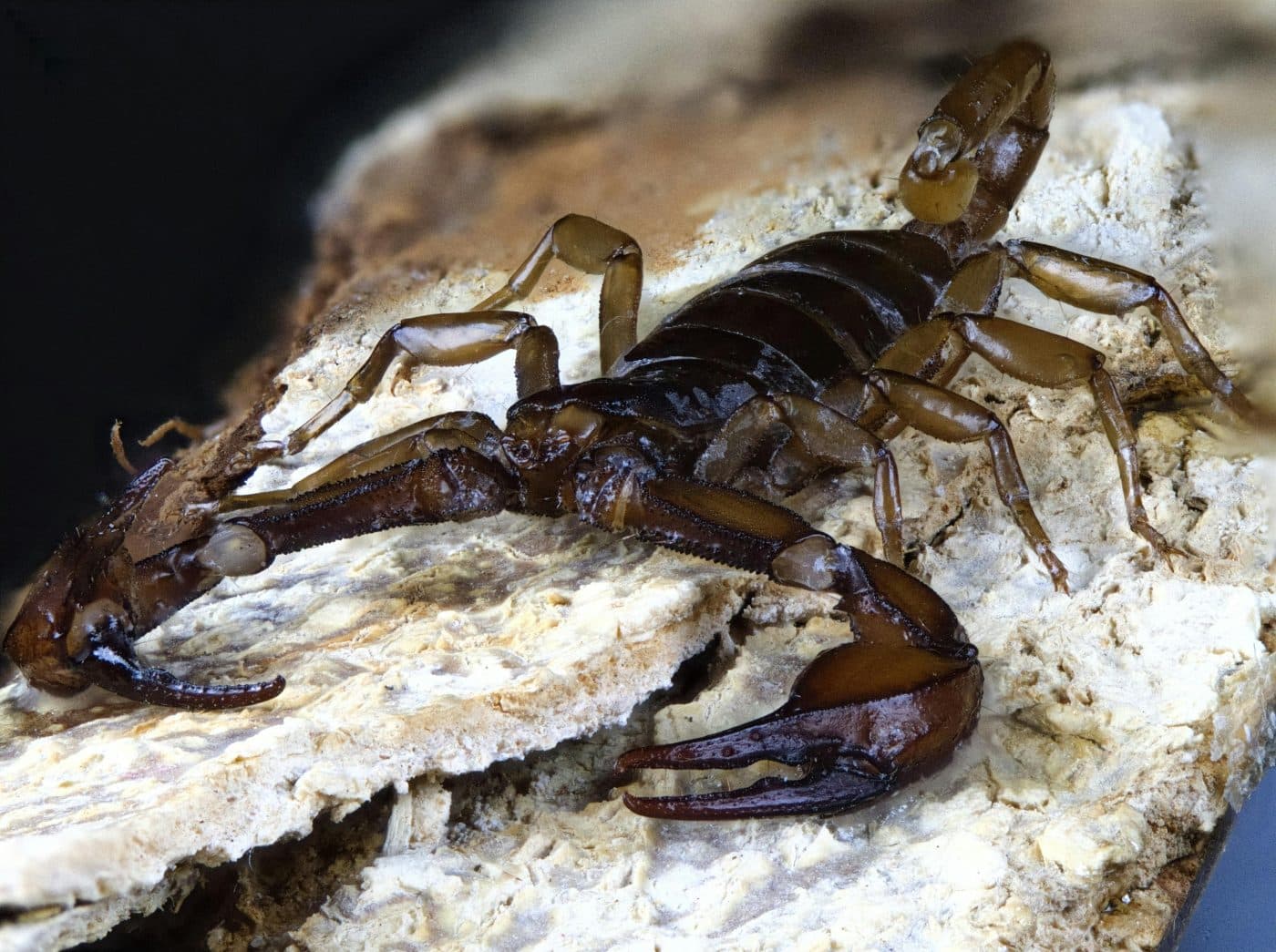 Shutterstock
Shutterstock
Many of the world’s most venomous creatures have perfected the art of delivering a lethal dose with impressive efficiency. These animals have evolved into formidable predators, whether through quick strikes, stealthy ambushes, or their hard-to-avoid nature. While their abilities are fascinating, the lesson here is clear—admire from a safe distance. These venomous creatures are not just a source of fear but examples of nature’s ingenuity, showcasing specialized methods of survival and defense. Remember to keep a respectful distance when encountering these remarkable, but dangerous, animals!
 Toledo, United States.
Toledo, United States.